If I had to describe Sakura Wars in one word, it’d be cozy. Maybe that’s a strange thing to call a game about defending an alt-1940s Tokyo from slavering demonic hordes, but as you’ve probably heard by now, playing Sakura Wars is like watching an anime. A light, comfortably predictable interactive anime.
That’s not a criticism. Sakura Wars is full of personality and, even with some dodgy combat getting in the way, it’s a surprisingly absorbing game full of memorable characters and an even more memorable way to interact with them.
Sakura Wars Review: A Triumphant (Re) Debut
Most of the action in Sakura Wars gets confined to big chapter-ending segments. Even though it’s technically where the story is and what moves the game forward, the best parts of Sakura Wars are in the adventure portions. Fortunately, these also make up the bulk of each chapter.
Sakura Wars PS4 is a reboot for the long-running, eponymous series that only saw one other title localized for Western release. You need zero knowledge of previous Sakura Wars games to enjoy this one, but you’ll find a number of throwbacks and Easter eggs (like Flower Division commander Sumire Kanzaki).
Here, you take control of former Navy commander Seijuro Kamamiya. After a disaster occurred on his watch, Kamamiya was transferred to the Imperial Combat Revue in Tokyo. It’s a theatre company by day, but that’s just a front for the Revue’s real purpose. The world of Sakura Wars is full of Combat Revues in major cities dedicated to keeping the demonic threat at bay.
There’s not much to the overarching ideas other than that: demons want to destroy humans, and you try to stop them. Sakura Wars doesn’t delve into the depths of human experience or wax eloquently on the nature of good and evil.
But this background and the story beats it makes possible are definitely one of the more unique in games and add a touch of distinction. The game’s gorgeous anime visuals and lovely, fully orchestrated soundtrack only help further that distinction.
This incarnation of the Flower Division is very much down on its luck, though — as in broke and essentially inept. Kamiyama is tasked with leading the Flower Division as captain, improving sales at the Grand Imperial Theater, and bolstering everyone’s theatrical and combat performance.
A business-sim component would probably be a fun addition, but the actual management of the Grand Imperial Theatre gets left to your imagination (and some excellent animated scenes). Instead, you’ll spend your days and nights getting to know the Flower Division members, learning about the obstacles they need to overcome, and discussing plans for improvement or competing in the Combat Revue Games, among other things.
All this pans out over a number of conversations with the Division and theatre staff, divided into episode-like chapters, and these conversations are where Sakura Wars really shines.
Each chapter contains required and optional “quests,” though events would probably be more accurate. They’re all marked on your high-tech steam-powered Telecom device map, meaning you won’t miss any events unless you just want to. And you shouldn’t. Even the silliest, optional dialogue events are worth taking the time to experience thanks to the LIPS dialogue system (Live & Interactive Picture System).
Pretty much every conversation in Sakura Wars throws up at least one dialogue juncture where you have to choose between three different choices or stay silent.
These run the gamut of situations. There’s serious, like figuring out whether you should be brutally honest about the Flower Division’s lackluster performance, and just for fun, like deciding if you want to be a jerk and give Azami a nickname you know she’ll hate. You’ll know if you picked the right choice thanks to a happy little chime sound, while the opposite lets you know you done did bad.
That said, the Sakura Wars PS4 LIPS system doesn’t seem quite as complex as earlier entries in the series. For example, staying quiet is rarely the right choice, there are no branching dialogue paths, and a good many of the situations make it pretty easy to land on the right choice.
The new analog LIPS segment, where you tilt the stick to measure your reaction’s enthusiasm, is an interesting take on the regular system. However, it isn’t used much and never requires much guesswork (e.g. it’s bad to peep on friends while they change clothes, so keep that meter low).
Still, these aren’t really things you notice in the moment. Whether it’s from LIPS’ time limit for each choice or what, it’s incredibly easy to get caught up in even the most minor scenes.
It helps too that just as I started getting complacent, thinking I knew how to handle the choices as they came up, Sakura Wars would throw a curveball with a set of intentionally ambiguous options. And it handles some of the seemingly easy ones in a clever way too. It’ll frequently hold off with the chime cue until a few more lines of dialogue passed, keeping you guessing if you did the right thing or not as everyone’s reactions unfold.
Whether you pick the wrong answer every time or not, your choices won’t affect how the story progresses. It’s all about building trust (or not), which spills over into battle with morale boosts and potentially unlocks a special romance scene with your favorite Flower Division member towards the end of the game.
You can make Kamiyama a jerk and a perv if you want. But don’t expect your friendships to blossom, and do expect getting punched in the face more than once.
I can’t say I don’t want choices to have more impact on different areas of Sakura Wars, but again, it’s more of a secondary issue after the fact. It’s all about enjoying the moment, and enjoying the moment is much easier thanks to Sega’s excellent localization.
The Flower Division and the entire supporting cast do fall pretty obviously into standard tropes — innocent girl with dreams, bookworm, tough girl, and so on. But the script does an excellent job giving each a distinct voice and doing the most to still make those tropes interesting.
It’s also worth experimenting with different choices just to see what happens. You, lucky reader, will get the chance to do that with a day-one update that introduces manual saving and loading in place of the default autosave function.
Even though you can make Kamiyama a sleazeball, his default position is more kind and gentlemanly, and it’s an interesting part of Sakura Wars. It’d be pretty easy for it to slide into that stale and toxic “father knows best” style. Yet even when Kamiyama helps the Flower Division members overcome their weaknesses, it’s more a case of being the right person at the right time. These women can — and do — exist and thrive without Kamiyama. Wanna make a difference? Be a nice guy. Be respectful. It’s as simple as that.
Which makes the tete-a-tete scenes a bit of an anomaly from time to time. You’ll unlock these special, intimate scenes with the girls you build trust with, and it’s a chance to learn more about them while, obviously, getting closer. These lead you by the nose as far as making you choose a set number of topic or dialogue options before the scenes progress, and some of them are a tad uncomfortable.
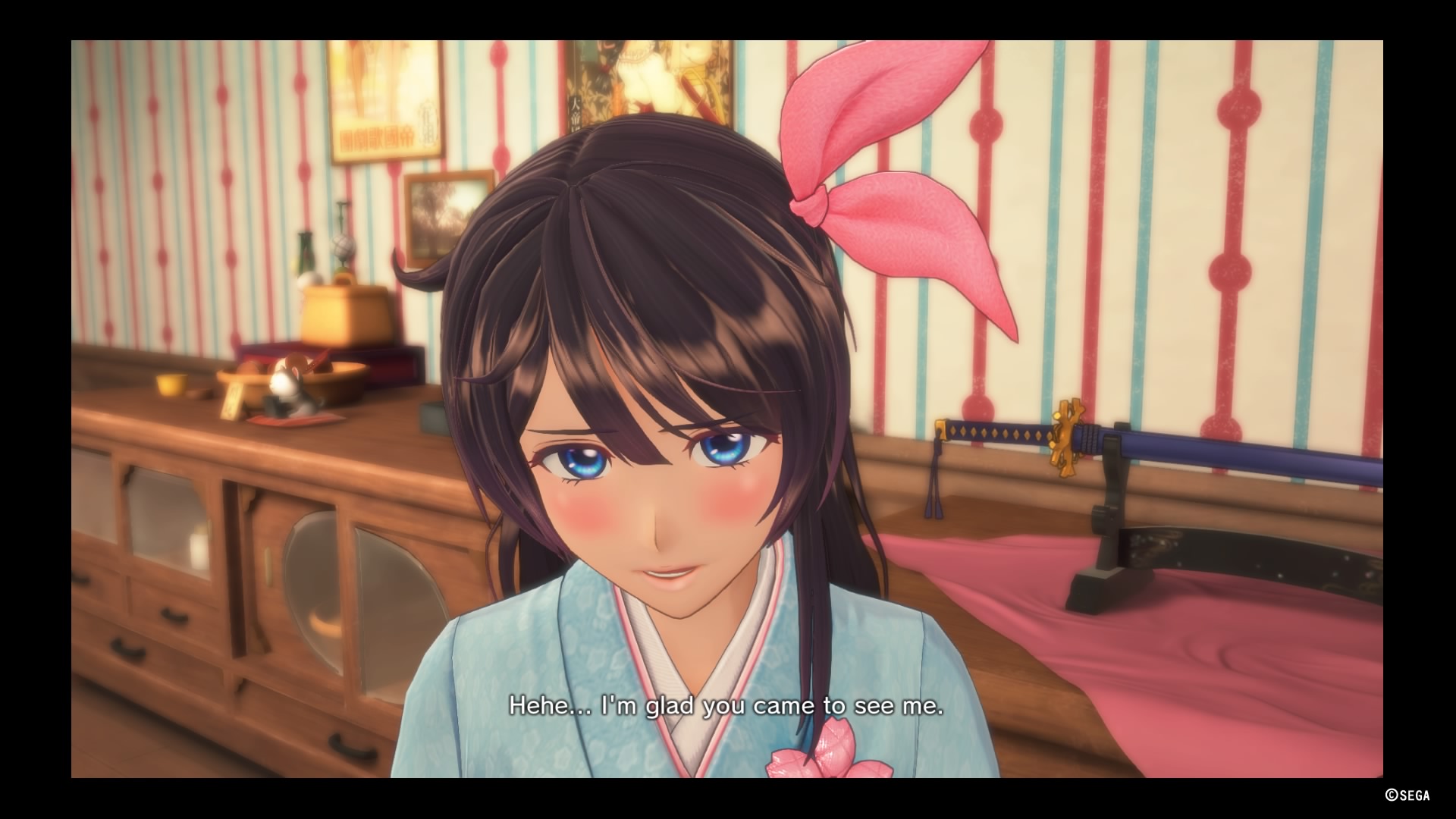
For example, you can notice a number of things about Sakura’s appearance, including her hair, mouth, and skin. Then you have to choose several additional options to move the scene forward, like stroking her hair — even when Sakura specifically asks you not to. It’s tonally indifferent to the idea of choosing how you interact with everyone else and honestly just seems out of place.
Outside speaking with everyone, you’ll have a few, seemingly random side quests to complete and can purchase collectible photos called bromides from the theatre souvenir stall. The Koi-Koi Wars card game unlocks in chapter two, a card game as addictive as the characters say it is — if you can recognize the hanafuda card types. Otherwise, you will be beaten horribly (but it’s still fun, surprisingly enough).
There’s not much else to do until the end portion of each chapter, when everyone leaps into their Spiricle Fighters and confronts the demon menace.
Sakura Wars’ combat takes a bit to warm up to. It swaps the series’ usual turn-based battles for musou-style action combat, for better and worse. You’ll face down swarms of demons, many of whom stand there staring at you before bopping you lightly on the head with their weapon and waiting for you to destroy them. And you’ll fight more of them. And more. And more.
I’m not gonna lie: the first chapter’s combat section is pretty hard to get through. It’s Kamiyama and Sakura, both of whom control close to the same. Combined with the same-y environments — a huge contrast to the bright and richly detailed normal world — it’s actually pretty boring.
As you progress in the game, you’ll pair up with that chapter’s focus character, though. They all have different proficiencies, which means you’ll need to swap between them to handle different threats. It’s a huge improvement from then on, though Sakura Wars’ combat does still stray into mindless button mashing territory from time to time. If you want a challenge, definitely play on hard mode.
And yet, like I said back at the beginning, it’s pretty easy to overlook combat’s shortcomings because it doesn’t happen that much. The really good stuff takes center stage.
Sakura Wars — The Bottom Line
Pros
- Cozy, slice-of-life anime goodness
- Fun characters
- Great writing breathes life into tropes
- LIPS system keeps you on your toes and makes each conversation interesting
- Excellent graphics and soundtrack
Cons
- Combat is bleh
- LiPS could stand to be a bit more complex at times
- A handful of uncomfortable, out of place interactions
It should be pretty plain by now, but Sakura Wars isn’t an RPG for everyone. If you don’t like dialogue, run away. Those who do like it or are willing to give it a try are in for a treat, however.
Sure, it’d be great to have your choices affect the game more or to interact with the rich world in more ways. But Sakura Wars grows on you, pulling you in with its charming cast of characters, gorgeous aesthetic and soundtrack, and engaging dialogue system.
It’s a strong reboot, and one I truly hope heralds an encore for the series. There’s nothing else quite like Sakura Wars, and that’s a compliment.
[Note: Sega of America provided a digital copy of Sakura Wars for the purpose of this review.]

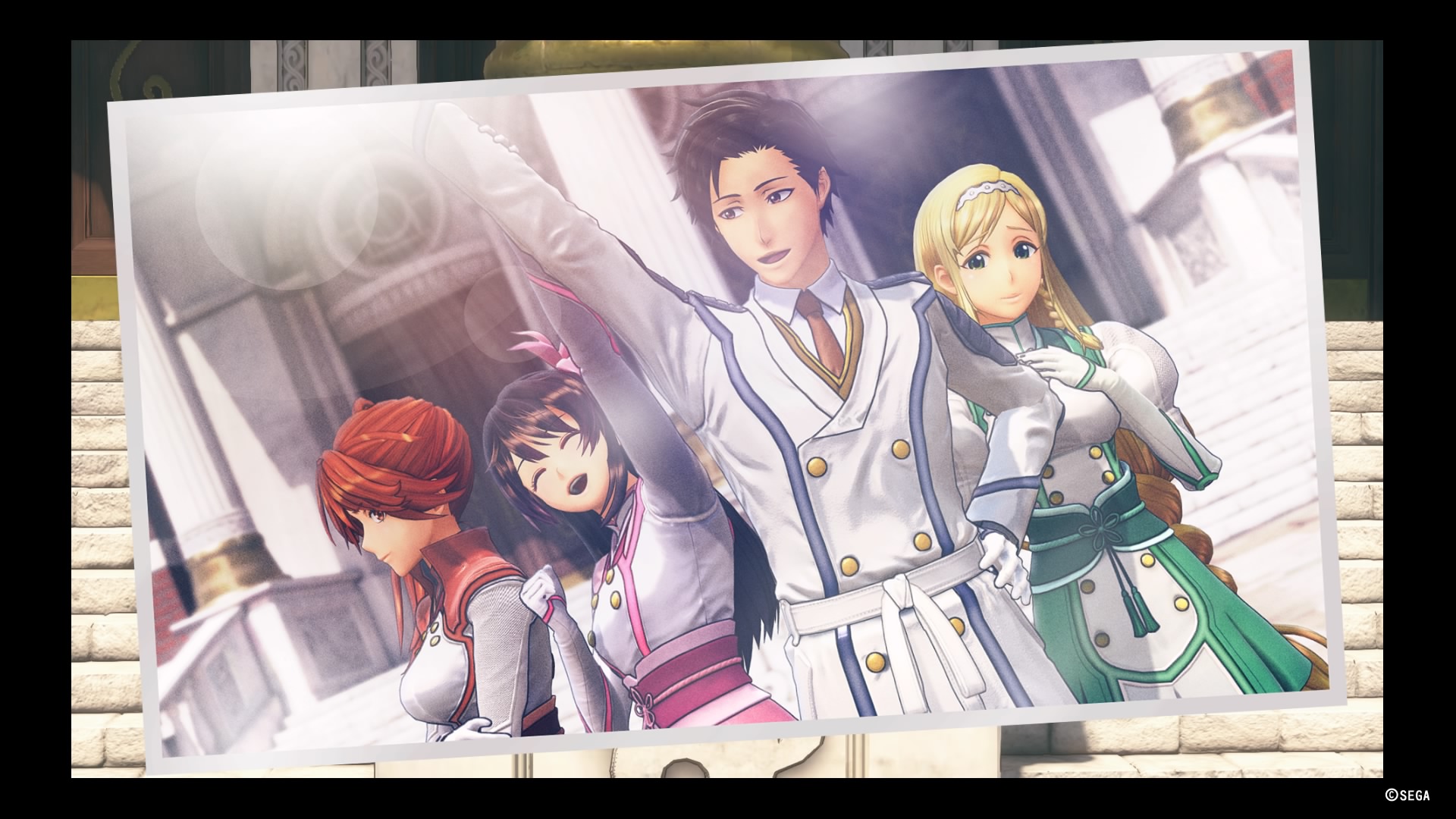
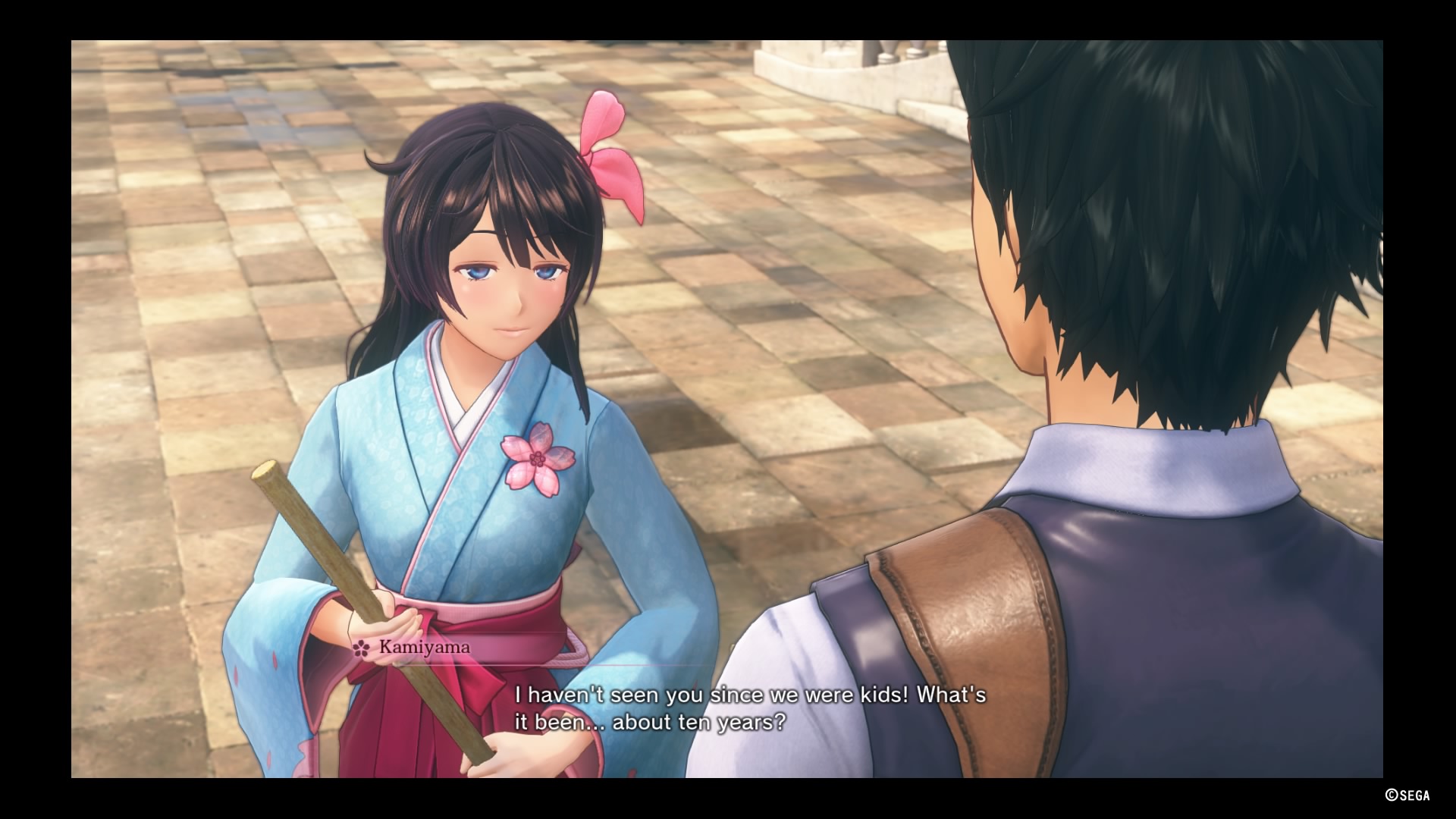
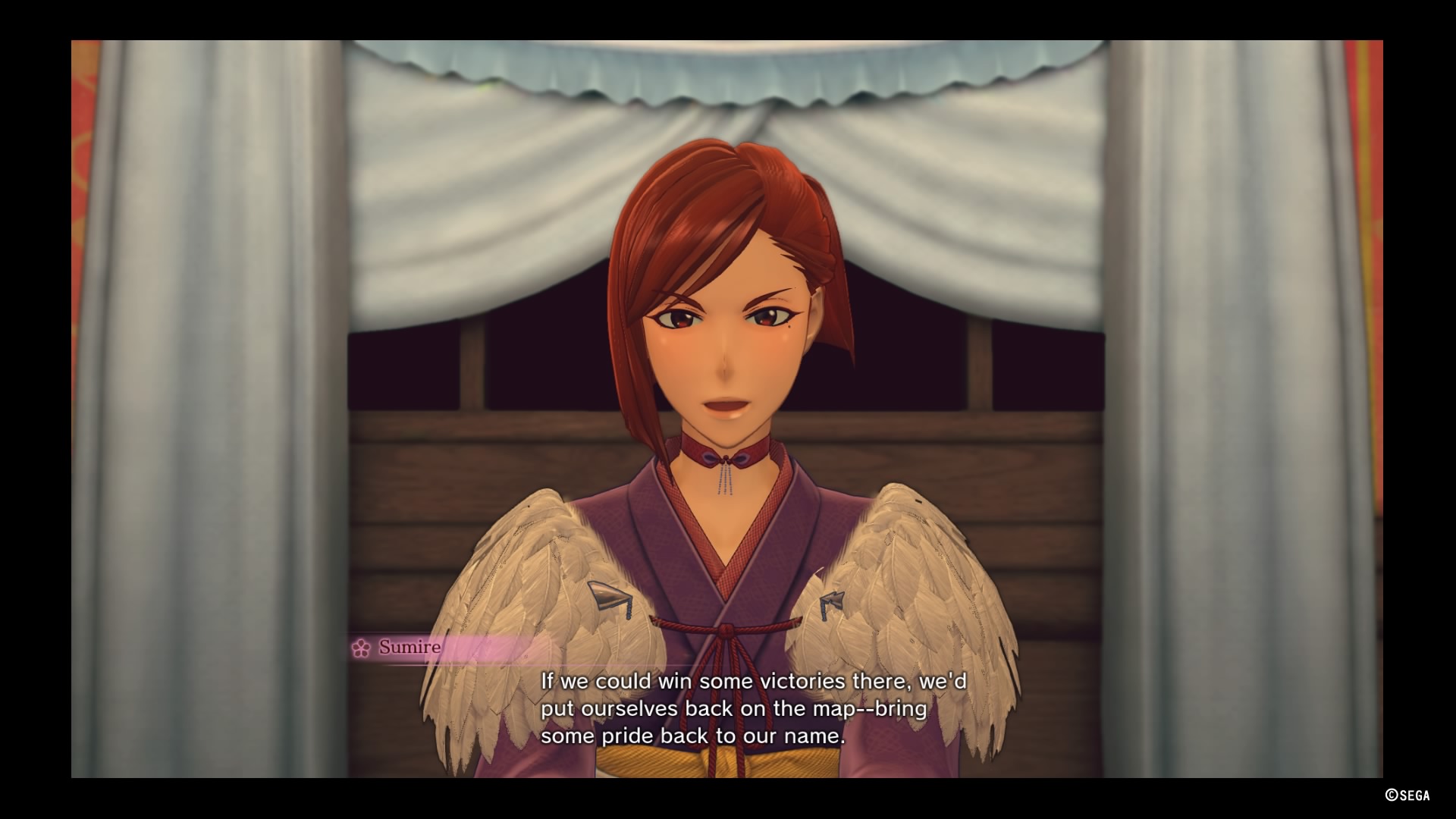
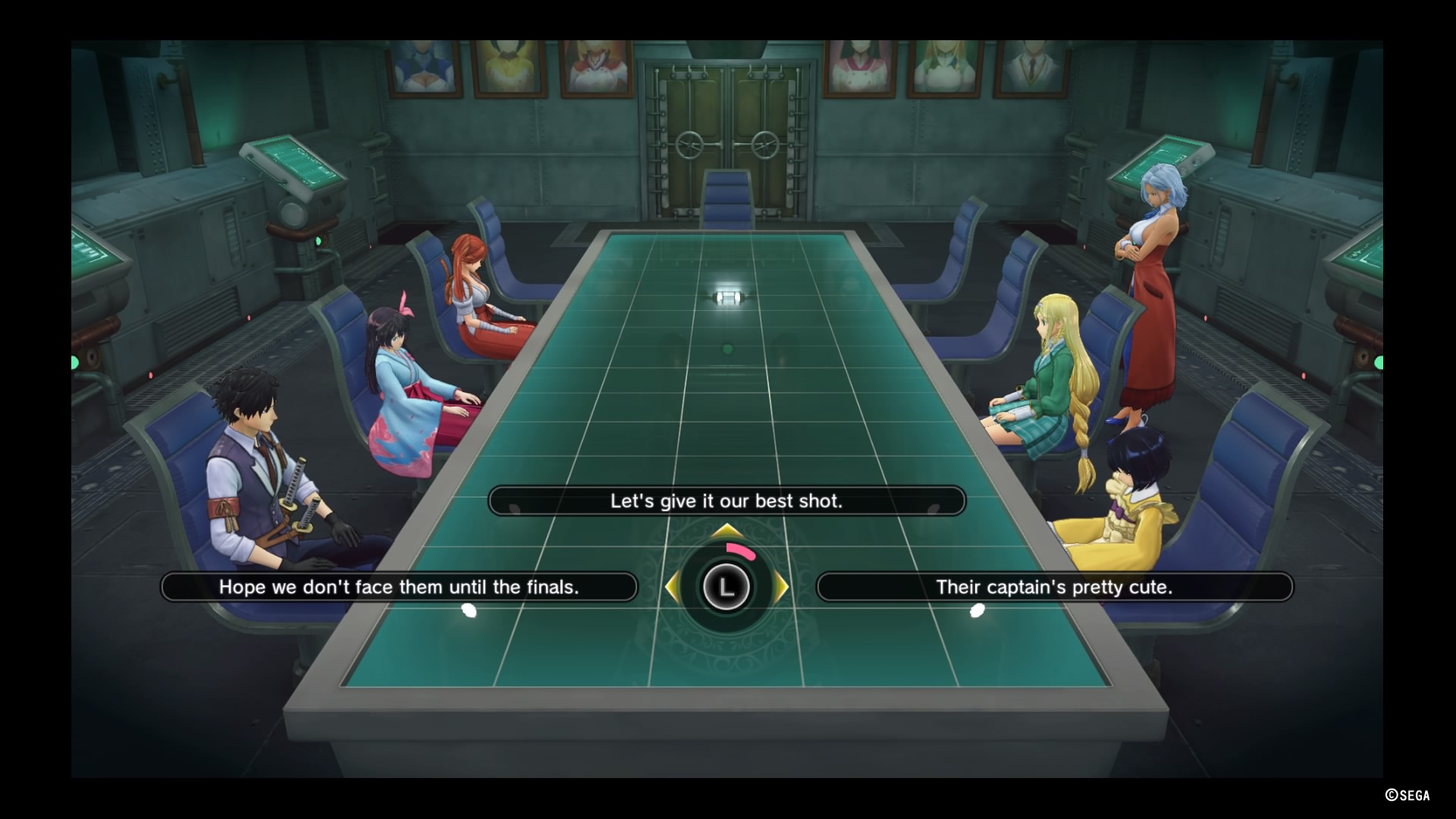
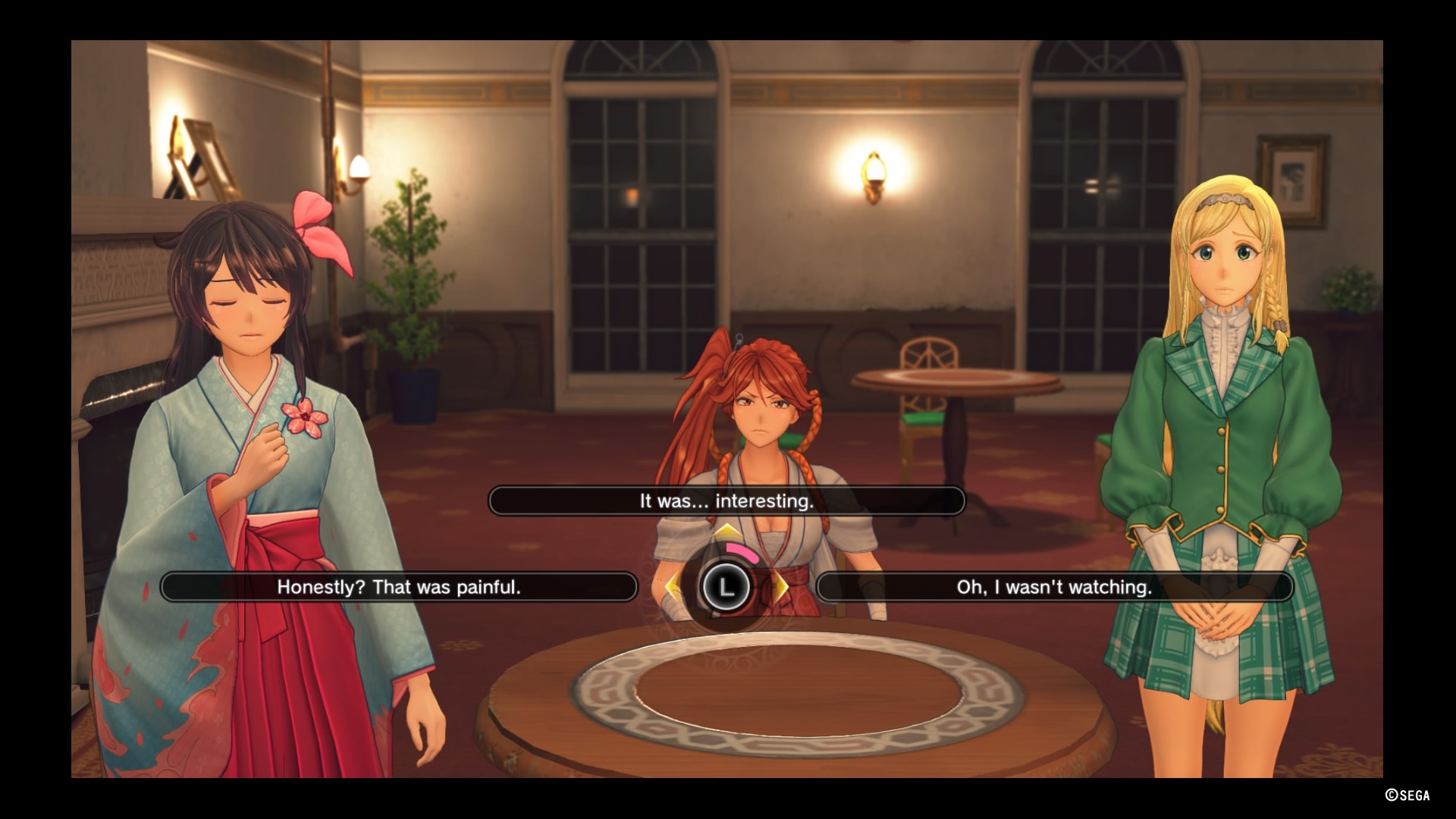
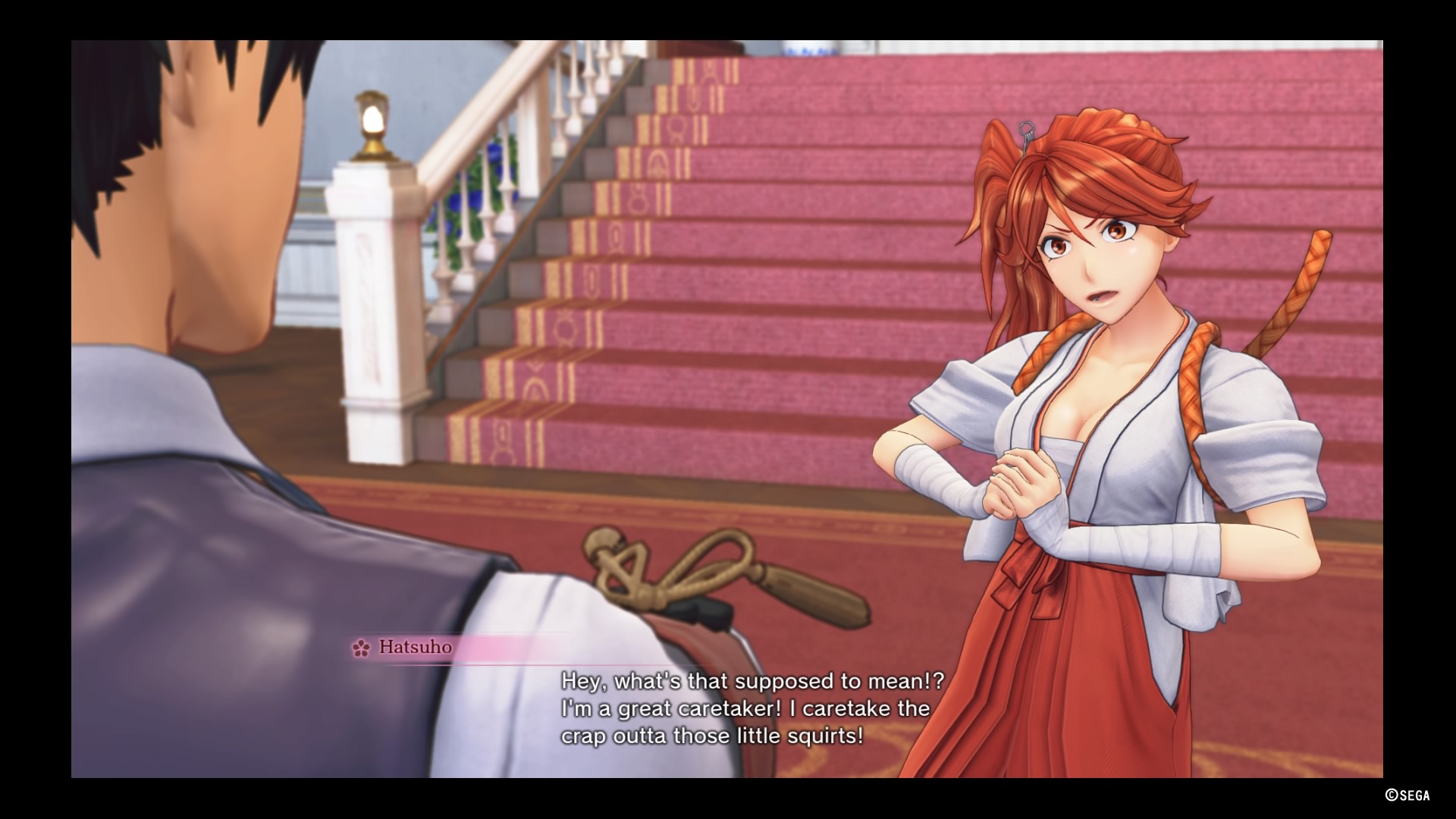
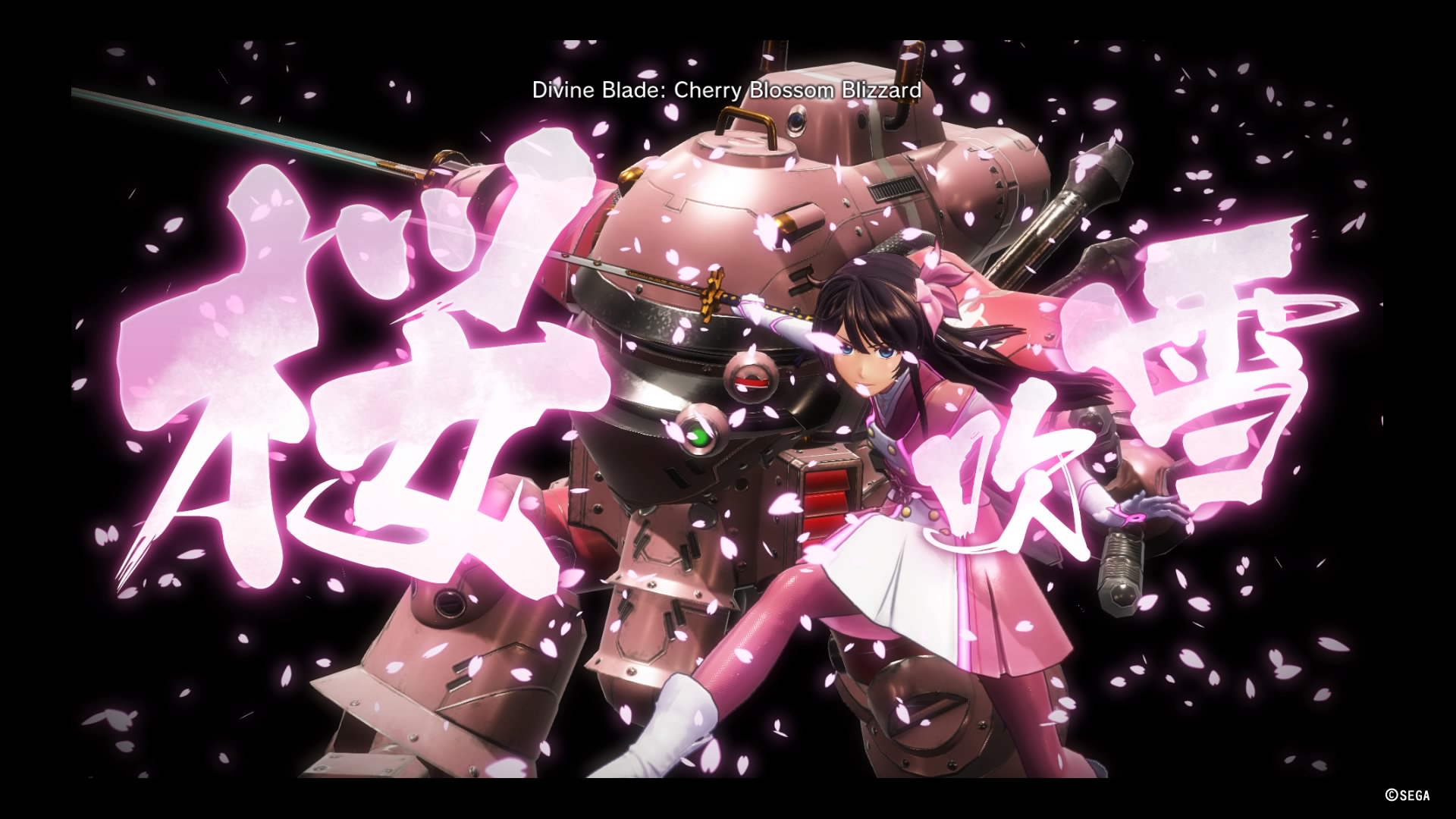
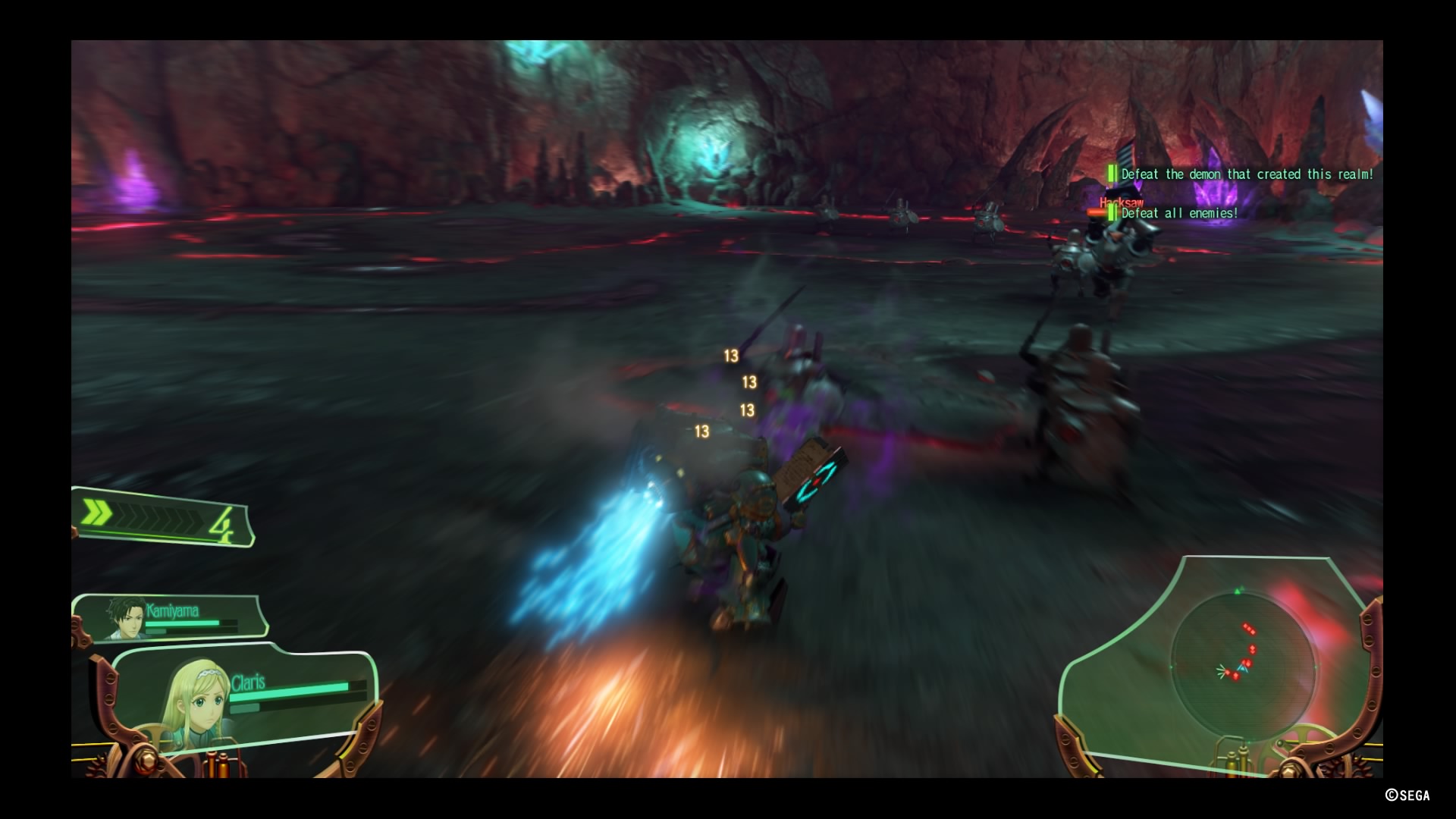





Published: Apr 24, 2020 03:48 pm